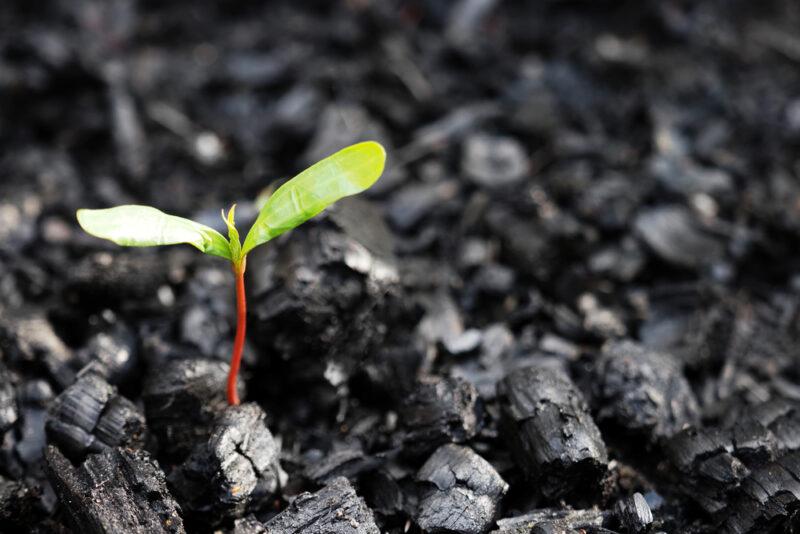Today, I’d like to tell a story about a community that restored its county after three natural disasters and a human tragedy that occurred within only three years. This story has a lot of helpful lessons for restorative practices as we live through a time when weather events are causing more harm to our communities, economic systems, and social fabric. The story, the profound mind shifts that occurred, and the role Nature played are all probably relevant in some way for all of us.
In 2017, this community suffered a massive fire that eventually cost the county over $2.2 billion. This was followed by another fire, mudslides the following year, and, sadly, a mass shooting after that. Just one of these events alone would be challenging, to say the least. The immediate response to each event, combined with responses as the next challenge occurred, was a severe test of this group’s ability to recover from disruption.
I visited this community after they had made it through all four of these major disruptions at a large community gathering. During my visit, I was able to meet with several people who played important roles in helping to restore the ecological and social fabric of this county.
While there, I observed several interesting shifts in:
· How this community thought about itself.
· How their relationships changed during this time.
· How community members led and solved their challenges.
Nature, and more specifically, climate change, will provide a lot of practice when it comes to restoration now and in the future. A deeper dive into some of my observations, and the lessons learned by the group, reveals some important lessons we can all apply as we work to build more restorative mindsets and practices.
Lessons for Restoring Ecological and Social Health
1. The importance of connectors. When regular processes and structures are disrupted, there is a need for other people and organizations to facilitate connections between somewhat unlikely groups, individuals, and organizations and the work that the community has in front of them. In this case, the community foundation stepped in and became an important convener. They were vital in connecting people who were contributing time and talent to people who could support and provide funding for the work that needed to be done.
2. Organic formation of informal teams. In times of need, many people come forward to help. Here individuals created self-organized groups to strengthen the initial responses that could meet more immediate needs. In an entirely organic fashion, the people in these groups analyzed what they could do or had a talent for and then organized a response.
3. Alignnment of people and groups. Community leaders helped well-connected citizens find these groups and managed the necessary communication between them and the rest of the county. These connections helped align these organically formed groups with the larger needs they might not be aware of. In turn, aligned and integrated all these independent and informal groups with the larger shared goal of restoring the community.
The Emergence of Profound Shifts
First, there was a profound shift in how people saw value in the community during the restoration. Nonprofit organizations previously seen as community cost centers were acknowledged for their knowledge and skill as they provided emergency services, including emergency shelter, food, as well as trauma, and other psychological supports. The nonprofits also provided spiritual support as needed, adding to a menu of services that went far to re-activate hope within the community. While these organizations all existed in the community before, their help in healing and restoring the community gained a new appreciation for these organizations, as well as a deep respect for their value within the county.
Next, there was a shift in relationships from hierarchical to reciprocal. Traditionally the relationships between funders and receivers of resources are hierarchical. Those with money to give were seen as more valuable than those doing the work. However, when this series of disasters occurred, these hierarchical relationships shifted to become more reciprocal in nature. The people giving private support to emergencies couldn’t do the work. The people without access to the funds could do the work. These two groups became mutually engaged in the response, equal to equal. Each group did what they did best, and the relationship became mutualistic and collaborative.
Nature as Ally
Through these disruptions, Nature helped. Nature has preprogrammed seeds from bushes and trees that only open up under intense heat, which helped restore the burned areas. Although both fires had ravaged the community, people saw green shoots coming up through the blackened ground in the spring. Nature was doing its own work in restoring the ecosystem, and the sight of that new life helped activate hope within the community as well.
I hope this story of recovery provides thoughtful lessons should a major disruption, disaster, or tragic event occur in your community. I think they can also be helpful daily reminders as we move forward in this increasingly changing and highly disruptive world.






